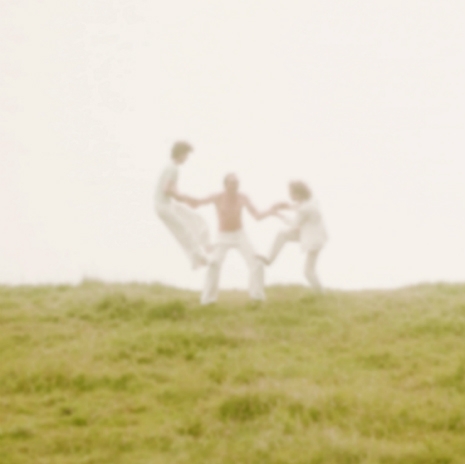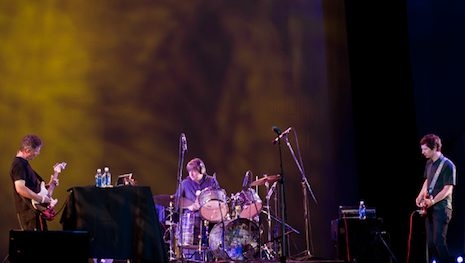
My favorite of the so-called German “krautrock” groups from the 1970s has always been NEU!. The band was formed by Michael Rother and Klaus Dinger after they left an early version of Kraftwerk, and Rother’s magical, rhythmic guitar work is a big part of their appeal. During the mid ‘70s, he hooked up with the members of Cluster to form Harmonia, another exceptional ‘70s German outfit; Brian Eno was a big Harmonia fan, and ended up collaborating with them for a period. In 1977, Michael Rother’s debut solo album, Flammende Herzen, was released. The record’s atmospheric music is like a soundtrack for a film that didn’t exist—yet. The following year, a movie, inspired by and including music from the album, appeared in West German theaters.
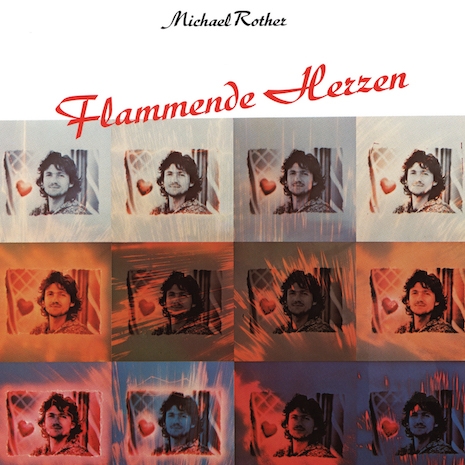
Michael Rother’s first four solo records, Flammende Herzen, Sterntaler (1978), Katzenmusik (1979), and Fernwärme (1982)—all solid efforts—will be included on his forthcoming box set, Solo. The collection also includes a disc of previously unreleased film scores by Rother, entitled Soundtracks, plus an LP, only available with the vinyl edition of the box, Remixes & Live.

A ‘Katzenmusik’ era image.
The scores on Soundtracks were composed for the films Houston (2013) and The Robbers (2015). Dangerous Minds is happy to have for you the premiere of our favorite piece from The Robbers.
We asked Michael a few questions via email.
How did you get involved with The Robbers project?:
Michael Rother: In 2013, I was approached by an agent working for the film company that produced The Robbers. They asked me whether I would be interested in contributing a score to the film. I don´t know why the company decided to reach out to me but I was definitely interested. Just a few months earlier I attended the Sundance Film Festival where the film Houston was premiered, for which I had created the score a year before. The world of film has always inspired me. One of the two directors of The Robbers, Pol Cruchten, sent me a rough cut. I liked the drama and so I felt thrilled by the challenge of creating music for The Robbers.
How did you go about composing the score?:
Michael Rother: Reflecting on the film as a whole and on specific scenes, some music sketches/memos in my archives came to my mind, and I thought they would work well with the atmosphere of the story. I chose a selection of basic ideas for four different scenes and presented my ideas to the director and his editor who came to visit me in Hamburg. They were happy with my general approach to the film, and things moved forward very quickly. I then spent about 6 months working on the score, adding new recordings and shaping the themes for the individual scenes. It was an inspiring process right until the final stage when I joined the director and his team in Brussels for the audio mixing sessions.
For the LP Soundtracks, which is included in my new box set Solo, I enjoyed reworking the main themes of the score to The Robbers extensively so that they made musical sense on their own and when disconnected from the visuals/story of the film.

What’s next for you?:
Michael Rother: At my concert at Under the Bridge in London on 05 April 2019, I will perform my complete second solo album Sterntaler live for the very first time ever. Transferring the individual tracks from my 24-track recording machine to the computer a few weeks ago, I was yet once again overwhelmed by the amazing work Conny Plank contributed mixing the album and by Jaki Liebezeit´s incredible drumming.
*****
Solo will be released on February 22nd by Groenland Records. Pre-order the box via Groenland’s site, or get it on Amazon (the LP version is here, and the CD set is here).
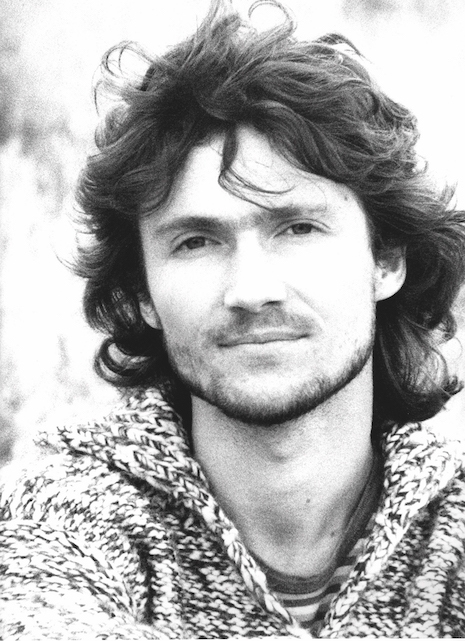
Michael Rother, 1976.
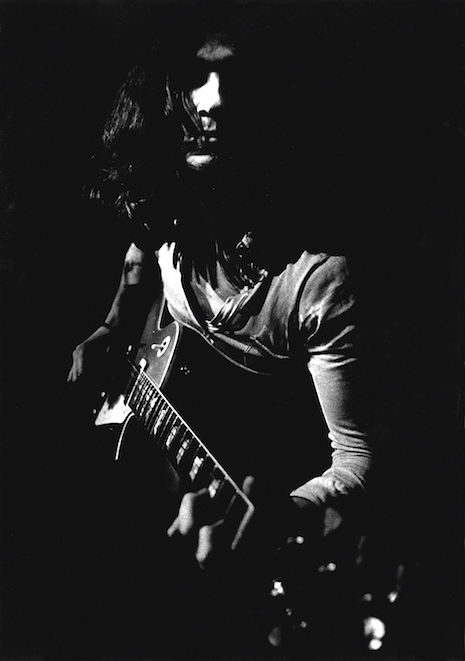
Kraftwerk days, c. 1971.

NEU!, 1972.
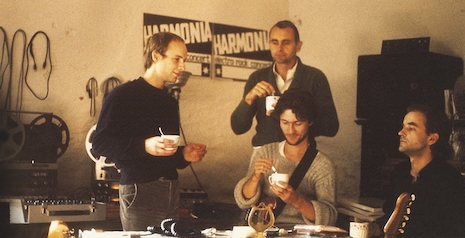
Harmonia with Brian Eno, 1976.
We’ll leave you with video of Michael Rother’s 2015 appearance at artFREQ in Copenhagen. For this performance, he was joined by Hans Lampe, who played drums on NEU ‘75, and Franz Bargmann.
Fantastic audio quality on this one.
Previously on Dangerous Minds:
Krautrock legend Michael Rother talks about the new Harmonia box set, plus exclusive footage!






